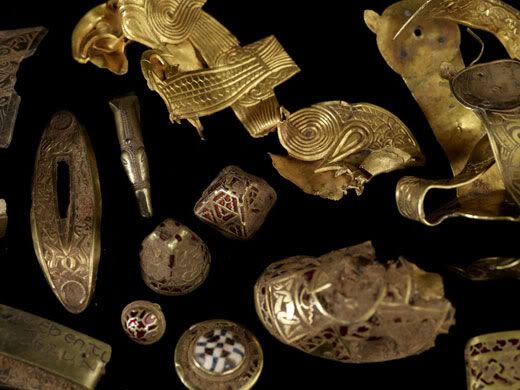Kolba
It will be thread for all historical discussions about this period, to avoid mess in other topics. I will post here my theories (I'm doing some research about etymology of Sub-Roman Britain words) and you can also post your random questions/thoughts and anything you want.
I'll update this post later.
I'll update this post later.













